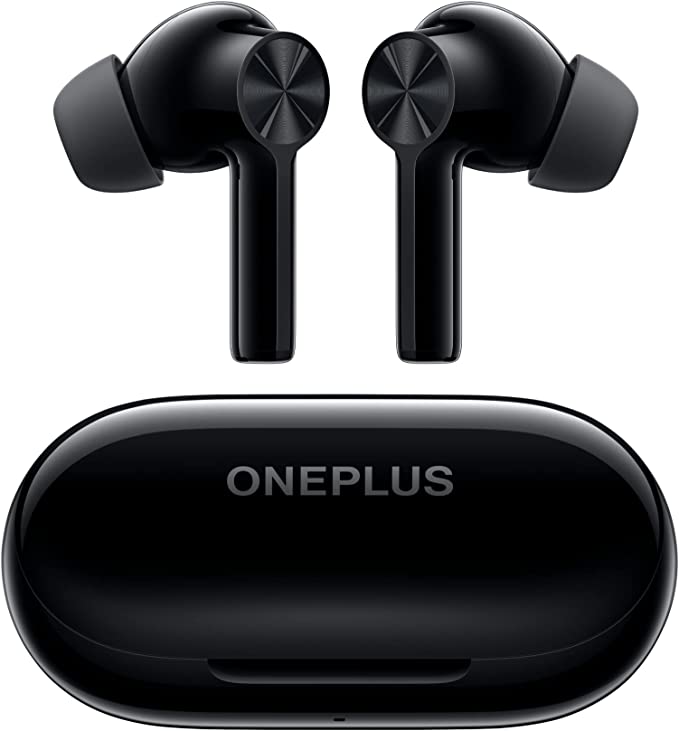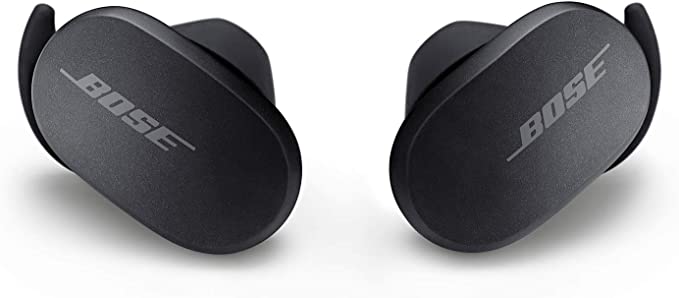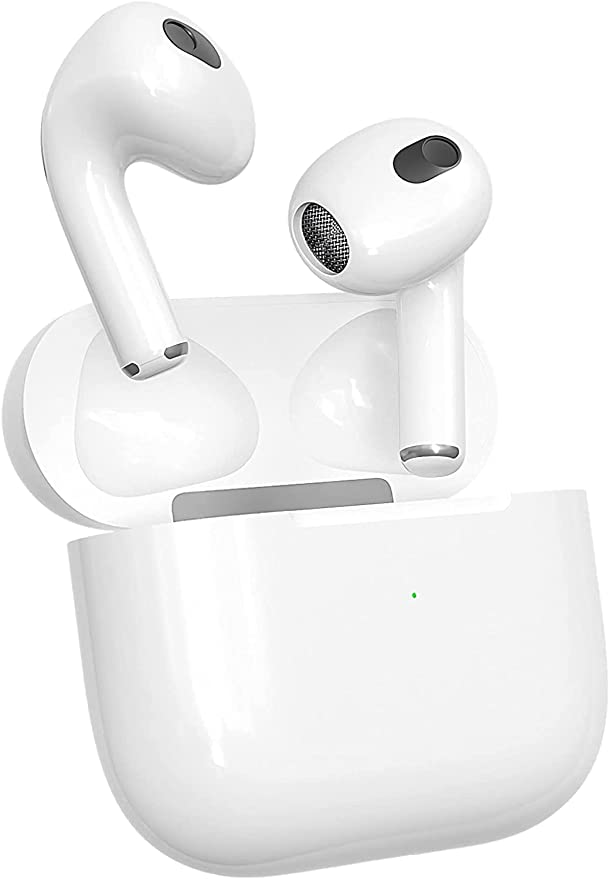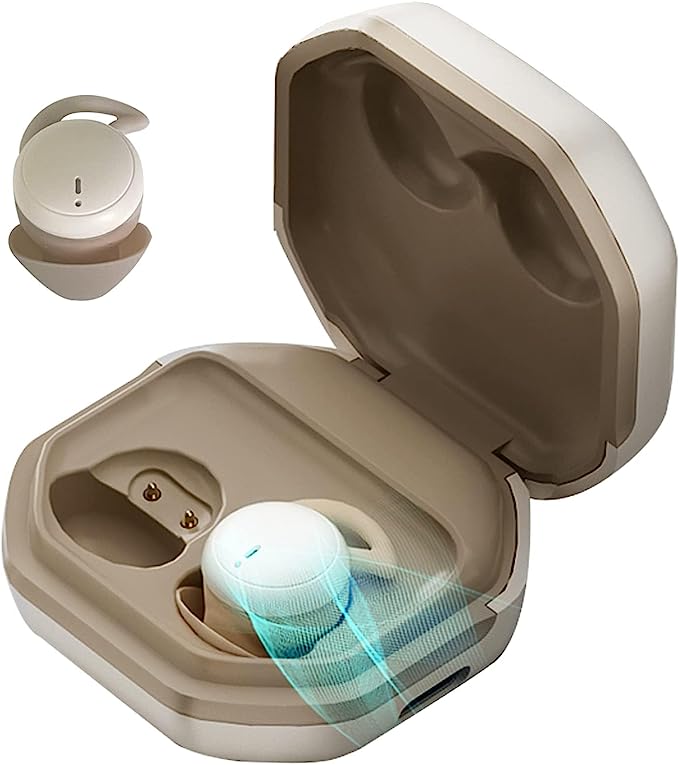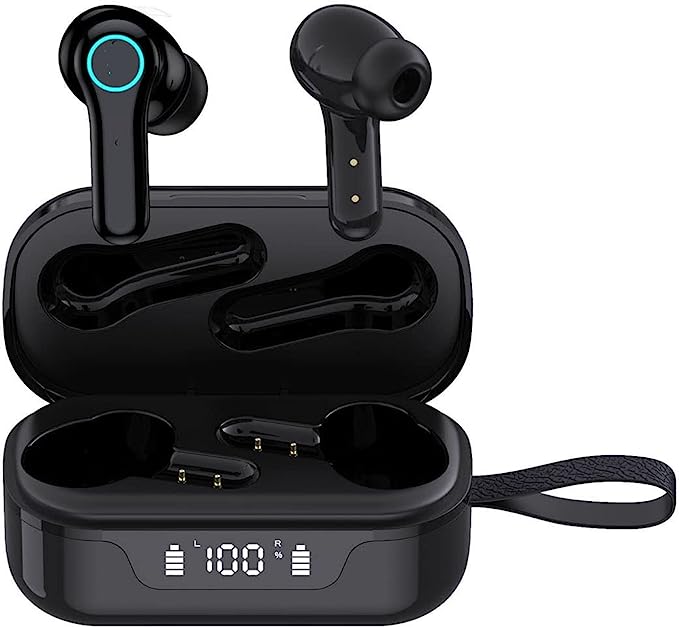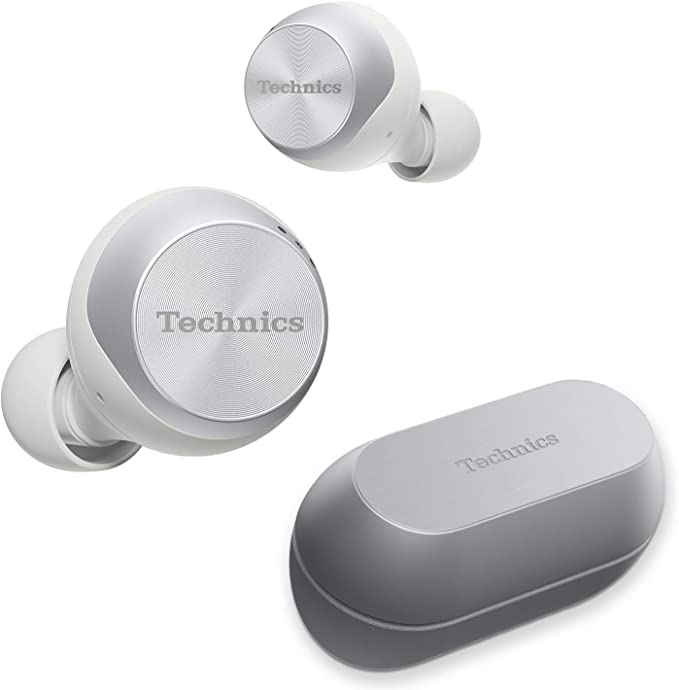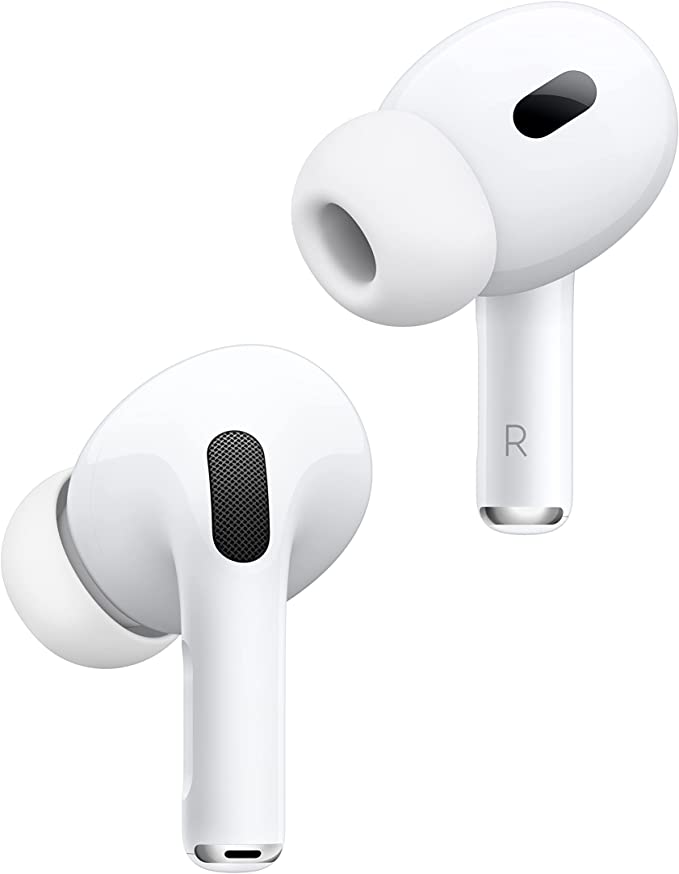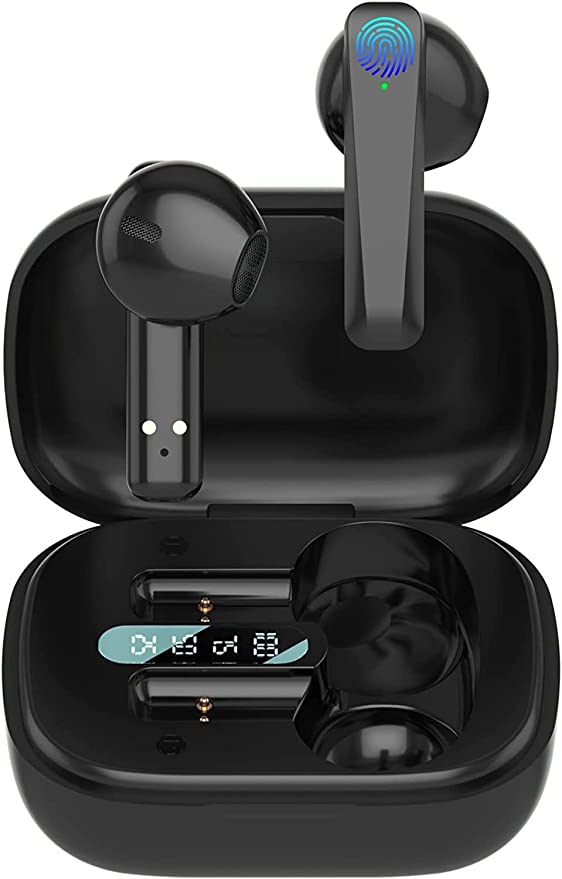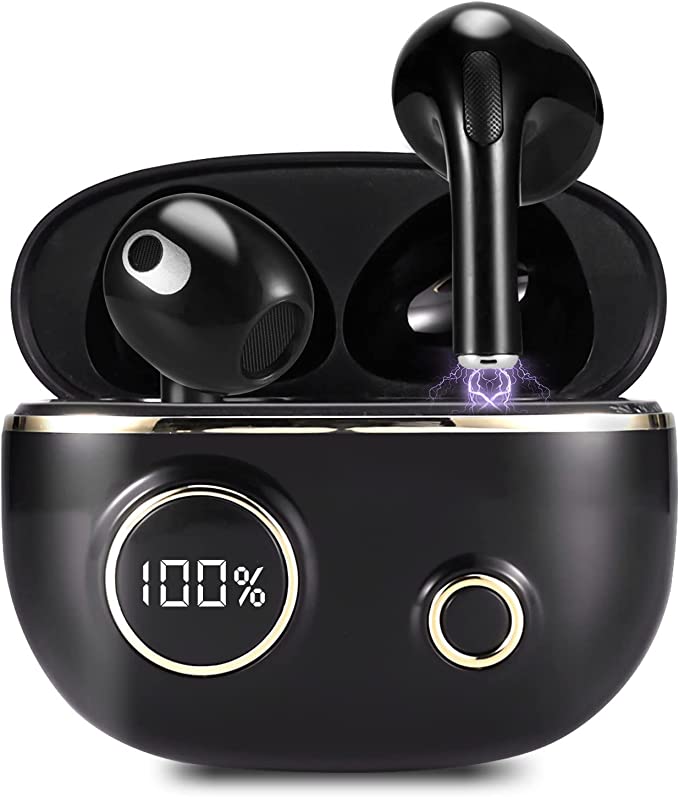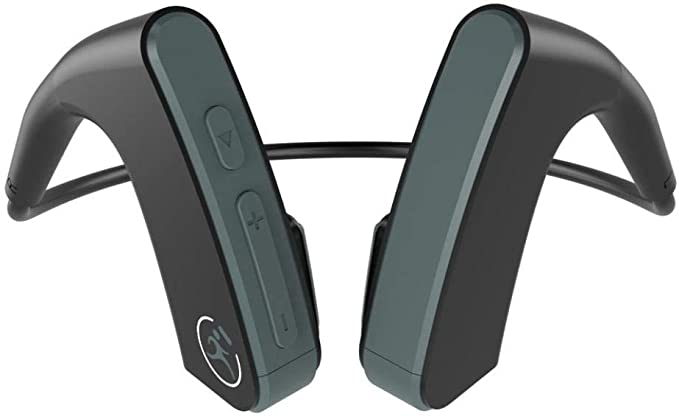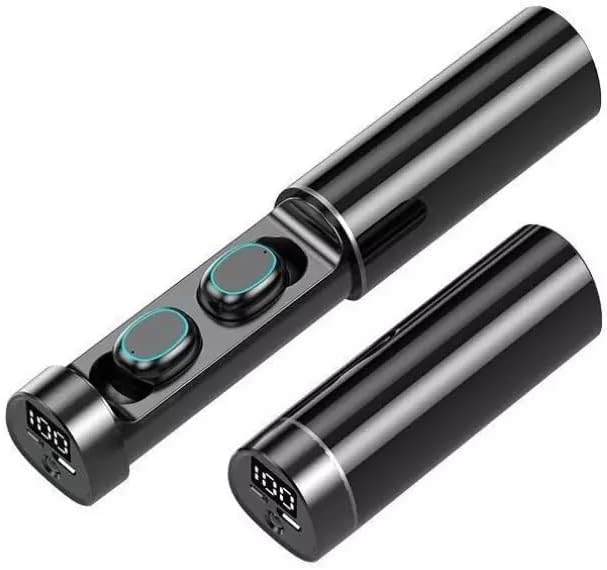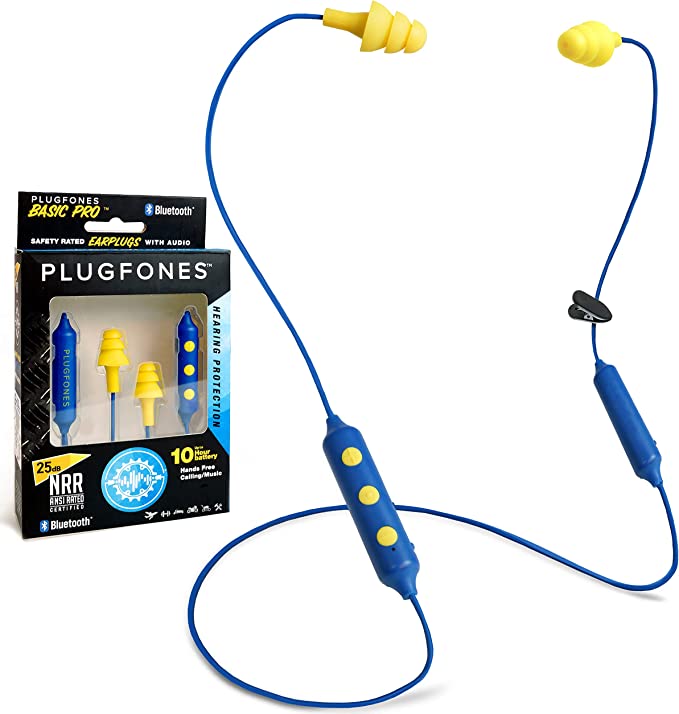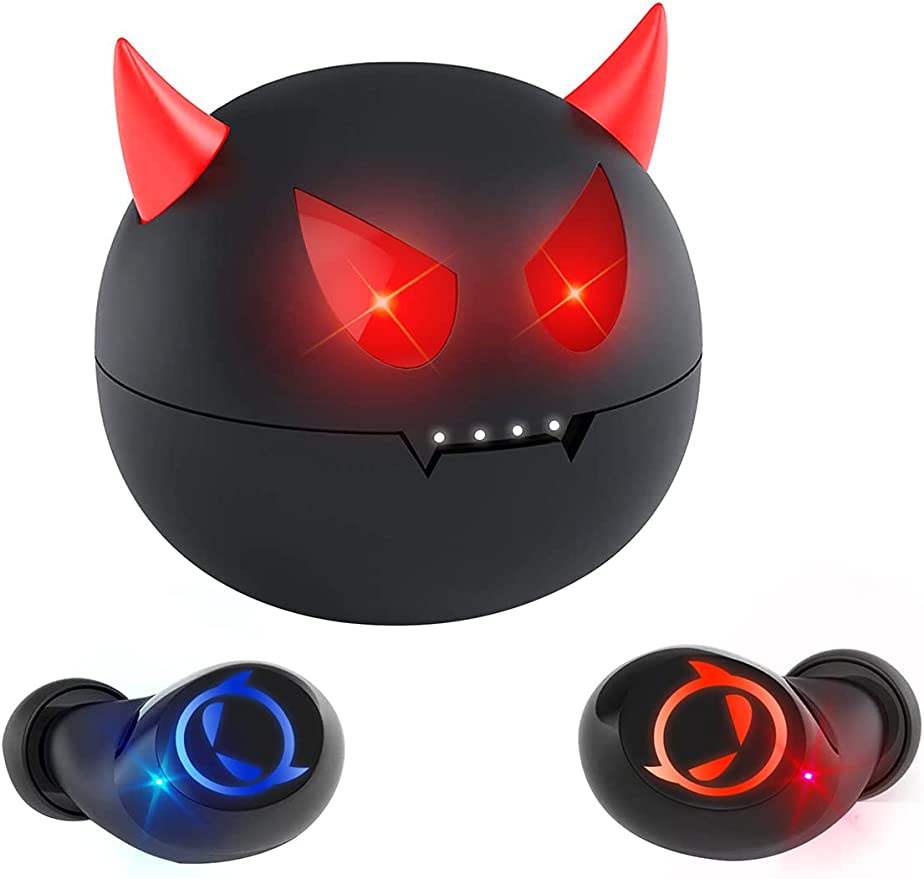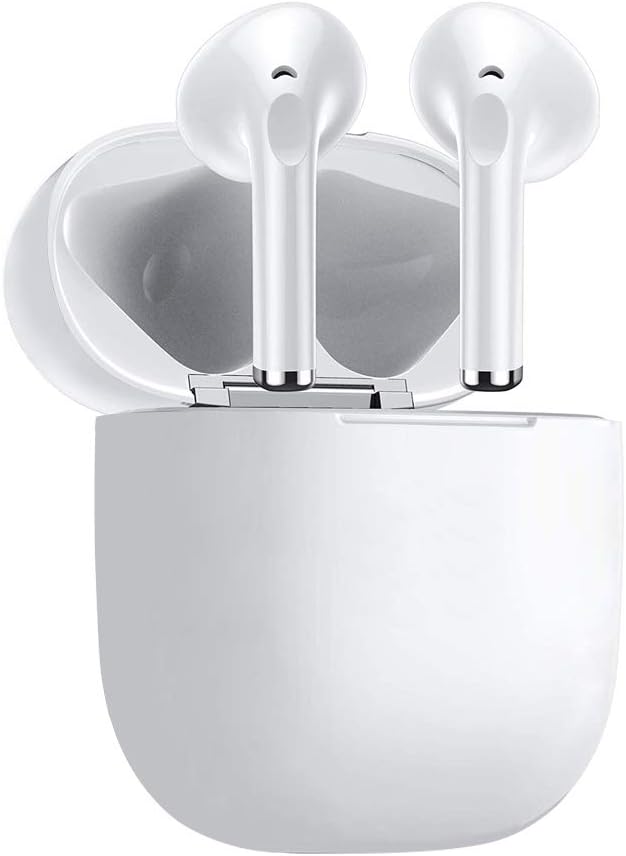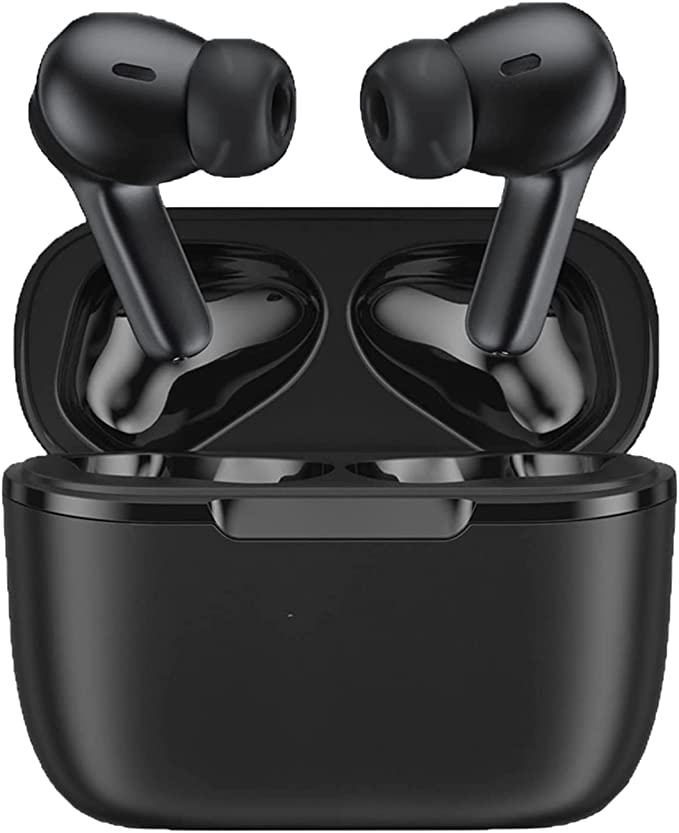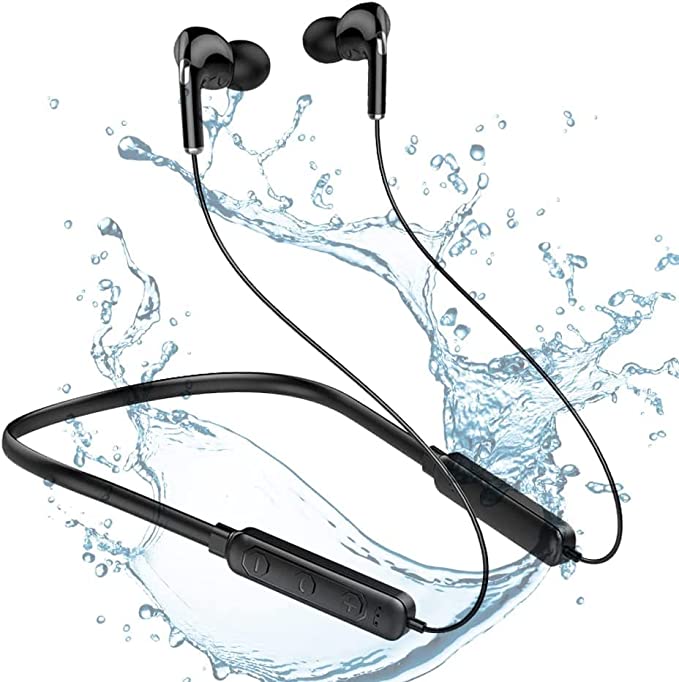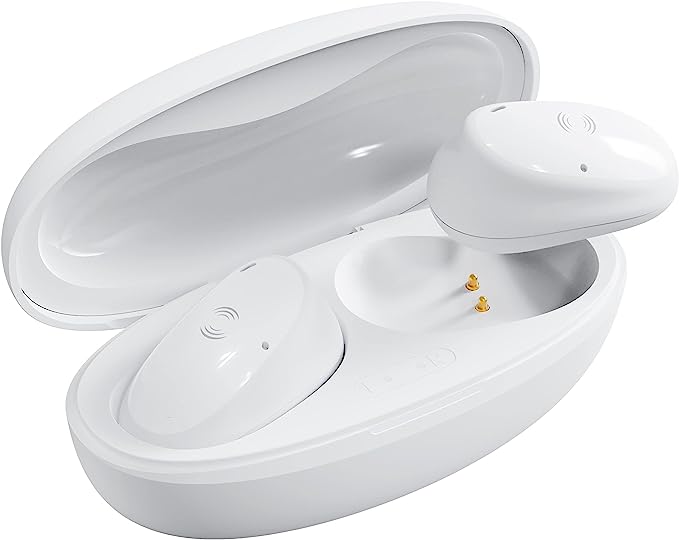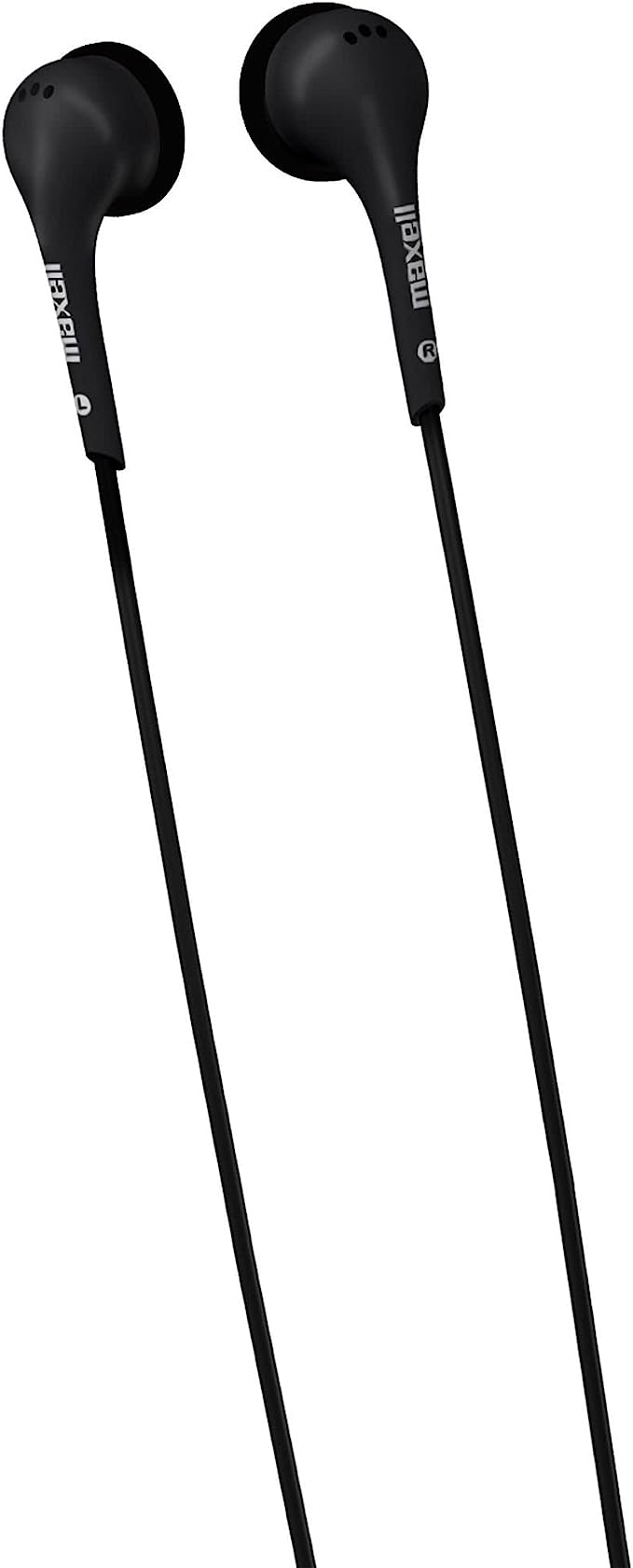Anker Soundcore Liberty 4 NC: Dive into Silence, Emerge in Sound
Update on Feb. 17, 2025, 12:12 p.m.
The city roared. A cacophony of car horns, construction clatter, and chattering crowds formed a relentless wall of sound. Anya, a young composer, sat on a park bench, her notebook open, her pen poised, but her mind blank. She craved the quietude needed to weave the delicate threads of melody forming in her imagination, but the urban symphony was a brutal conductor, forcing its own discordant rhythm upon her. She longed for a way to silence the chaos, to create a sanctuary for her music. Little did she know, the solution was closer than she thought, nestled in a small, unassuming case: the Anker Soundcore Liberty 4 NC earbuds.

The Unseen Enemy: Noise Pollution and Its Impact
Anya’s struggle is a familiar one. We live in an increasingly noisy world. Noise pollution, often overlooked, is more than just an annoyance; it’s a genuine threat. Prolonged exposure to loud noises can lead to hearing loss, a condition affecting millions worldwide. But the damage doesn’t stop there. Studies have shown that noise pollution can also contribute to stress, anxiety, sleep disturbances, and even cardiovascular problems. It can impair cognitive function, making it harder to concentrate, learn, and be productive.
A Brief History of Quiet: From Earplugs to Active Noise Cancellation
Humans have long sought refuge from unwanted noise. Simple earplugs, dating back centuries, offered a rudimentary form of passive noise reduction, physically blocking sound waves from entering the ear canal. But these were a blunt instrument, muffling all sounds indiscriminately. The real breakthrough came with the advent of active noise cancellation (ANC). The first conceptualization can be credited to Paul Lueg, a German Physicist who in 1936 received a patent for noise cancellation by using loudspeakers to generate sound waves that were 180° out of phase with noise. Later, in the 1950s, Dr. Lawrence J. Fogel created systems for canceling noise in helicopter and airplane cockpits. Then Willard Meeker developed a working model of active noise control applied to circumaural earmuffs. The first commercially available ANC headsets became available in the late 1980s, primarily for aviation use. These early systems were bulky and expensive, but they proved the concept: noise could be actively canceled, not just passively blocked.

The Magic of Opposites: How Active Noise Cancellation Works
Imagine throwing a pebble into a calm pond. It creates ripples that spread outwards. Now, imagine throwing a second pebble, identical to the first, but timed perfectly so that its ripples meet the first set of ripples peak to trough. The result? The ripples cancel each other out, and the surface of the pond returns to calm.
This is, in essence, how ANC works. Each earbud of the Liberty 4 NC contains tiny microphones that “listen” to the surrounding noise. This noise is then analyzed by a sophisticated digital signal processor (DSP). The DSP generates a sound wave that is precisely the opposite of the incoming noise wave – its peaks align with the noise wave’s troughs, and vice versa. This “anti-noise” wave is then played through the earbud’s speakers. When the original noise wave and the anti-noise wave meet, they interfere destructively, effectively canceling each other out.
Adaptive ANC 2.0: The Brain Behind the Silence
The Anker Soundcore Liberty 4 NC doesn’t just use basic ANC; it employs Adaptive ANC 2.0. This is where things get truly intelligent. Instead of applying a one-size-fits-all approach, Adaptive ANC 2.0 constantly analyzes both the external environment and the sound within your ear canal. It uses real-time calculations to adjust the level of noise cancellation, optimizing it for your specific surroundings. Are you on a rumbling subway? Adaptive ANC 2.0 will ramp up the noise cancellation. Are you in a relatively quiet library, where you just want to filter out the rustling of pages? It will dial it back, avoiding that uncomfortable “pressure” sensation that some ANC systems can create. The provides different modes for transport, indoor and outdoor environments.
Beyond Silence: The Pursuit of High-Fidelity Audio
While silence is golden, the true magic of the Liberty 4 NC lies in its ability to deliver both silence and stunning sound quality. These earbuds aren’t just about blocking out the world; they’re about immersing you in your audio. This is achieved through a combination of careful acoustic design and advanced audio technology, most notably, Hi-Res Audio certification and support for the LDAC codec.

Decoding Sound: Understanding LDAC and Hi-Res Audio
To grasp the significance of LDAC, we need to understand a bit about how digital audio works. When you listen to music on your phone or computer, you’re listening to a digital file – a series of ones and zeros that represent the sound wave. To transmit this audio wirelessly via Bluetooth, it needs to be compressed, and this is where codecs come in.
The most common Bluetooth codec is SBC (Subband Coding). It’s universally supported, but it’s also the most basic, compressing audio significantly and resulting in some loss of detail, particularly in the higher frequencies. AAC (Advanced Audio Coding), favored by Apple, offers better quality than SBC, but still involves some compression.
LDAC, developed by Sony, is a game-changer. It allows for the transmission of audio at up to 990kbps – roughly three times the data rate of SBC. This significantly reduces compression, preserving more of the original audio data and delivering a richer, more detailed, and nuanced listening experience. To put it simply, LDAC allows you to hear more of what the artist intended. Hi-Res Audio certification further guarantees that the Liberty 4 NC meets stringent standards for audio performance, capable of reproducing the full range of sound from recordings that have been mastered from better-than-CD-quality music sources.
The Soundcore App: Your Personal Audio Control Center
The Soundcore app acts as the command center for your Liberty 4 NC earbuds, unlocking a wealth of customization options. One of the standout features is HearID 2.0. This isn’t just a simple equalizer; it’s a personalized hearing test. HearID 2.0 plays a series of tones at different frequencies and volumes, measuring your sensitivity to each. Based on your responses, it creates a custom sound profile tailored to your unique hearing characteristics. This ensures that you’re hearing the music as accurately as possible, compensating for any subtle variations in your hearing.
Beyond HearID, the app offers a fully adjustable EQ, allowing you to fine-tune the sound to your preferences. Prefer a bass-heavy sound for your workouts? Boost the low frequencies. Want a more neutral sound for critical listening? Flatten the EQ curve. And if you’re not sure where to start, the app provides 22 preset EQ settings optimized for various genres, from classical to hip-hop.
A Day with Liberty 4 NC: From Commute to Calm
Imagine this: You start your day with a crowded subway commute. The Liberty 4 NC, with Adaptive ANC 2.0 engaged, effectively silences the screech of the train and the chatter of fellow passengers, allowing you to enjoy your favorite podcast or audiobook in peace. At work, you switch to a lower level of ANC, filtering out the distracting hum of the office while still allowing you to hear colleagues if they need to speak to you. In the evening, you settle down for a relaxing listening session, switching to the LDAC codec and a custom EQ setting to fully appreciate the nuances of your favorite high-resolution music. The IPX4 water-resistant rating gives you confidence if using these at the gym, or during a light rain.

The Future of Quiet: Where Do We Go From Here?
The Anker Soundcore Liberty 4 NC represents a significant step forward in affordable noise-canceling technology. But the evolution of quiet continues. We can expect to see even more sophisticated ANC algorithms in the future, capable of identifying and canceling out specific types of noise with even greater precision. We might see integration with AI assistants, allowing for voice-controlled noise cancellation and personalized soundscapes. And we’ll undoubtedly see further improvements in battery life and audio quality, pushing the boundaries of what’s possible in a compact, wireless form factor. The journey towards perfect silence and immersive sound is ongoing, and the Liberty 4 NC is a compelling example of how far we’ve come.
| Feature | Anker Soundcore Liberty 4 NC | AirPods Pro (2nd Gen) | Bose QuietComfort Earbuds II |
|---|---|---|---|
| ANC | Adaptive ANC 2.0 | Adaptive Transparency | CustomTune |
| Audio Codec | LDAC, AAC, SBC | AAC, SBC | SBC, AAC |
| Battery Life (ANC) | Up to 10 hours | Up to 6 hours | Up to 6 hours |
| Battery Life (Case) | Up to 50 hours | Up to 30 hours | Up to 24 hours |
| Price (Approximate) | ~$100 | ~$250 | ~$300 |
| Water Resistant | IPX4 | IPX4 | IPX4 |

